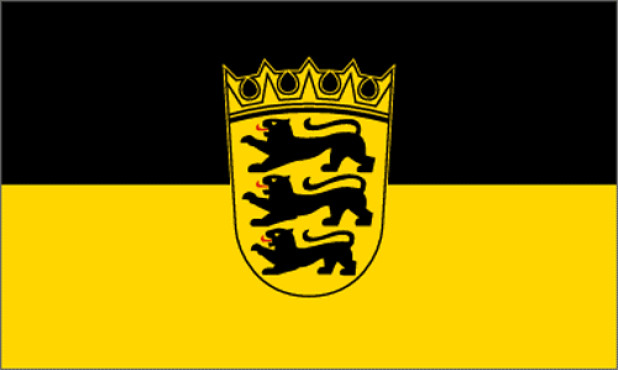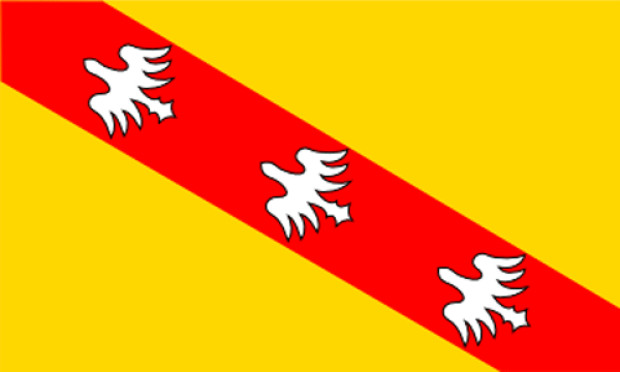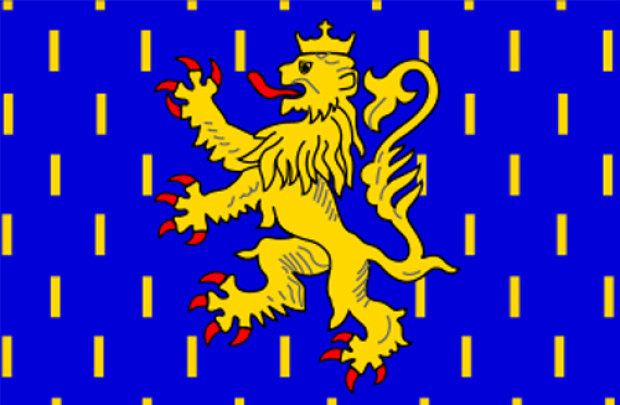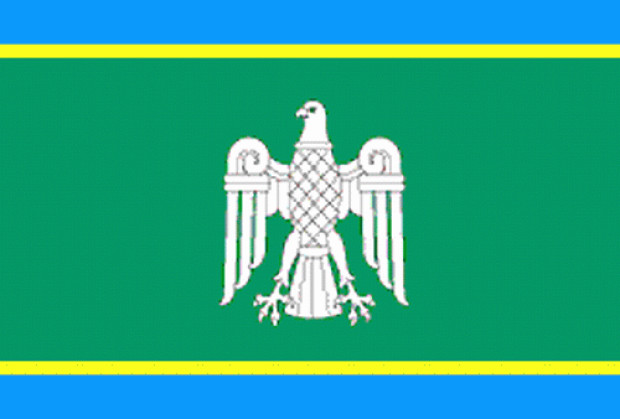Flag of Mongolia
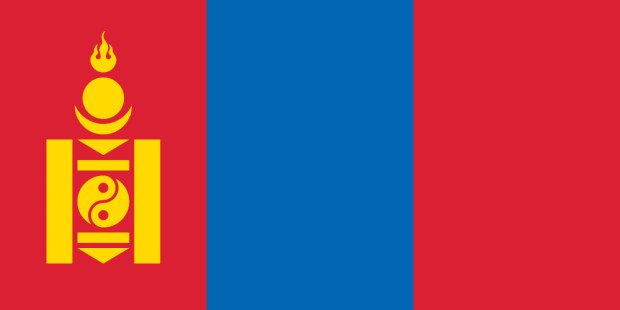
Listen to anthem
Background knowledge
The flag of Mongolia is divided vertically into three equal strips.
The middle blue stripe symbolizes the "eternal heaven", the two red stand for progress and prosperity. The blue sky is also considered a centuries-old Mongolian national color. The Sojombo icon, which is located in the pylon side strips, from ancient Mongolian characters, propagate the wisdom, freedom of will, the longing for peace and justice. It is also found in the middle of the emblem of Mongolia.
As the last Khan died in 1924, the Mongolian People's Revolutionary Party called on 26 November 1924, the People's Republic, and on the same day, the Parliament adopted the Constitution, were anchored to the seal, coat of arms and flag.
The first national flag was on the Soviet model in the middle of a red cloth, the blue coat of arms. This consisted of the Sojombo and including a Buddhist Lotus Flower "Badmalinchova". The Sojombo sign was put in front like a treble clef all texts. It became a symbol of the liberation of the Manchu rule.
The current flag was adopted on 13 Officially launched in January 1992 along with the new constitution.
With the amendment of the Constitution is not only the name of Mongolia Mongolia has changed, but also on 23 Introduced in February 1949 flag. The star, which symbolizes communism was removed from the Sojombo.
Three vertical stripes of the same size (red, blue, red); in the left (red) stripe there is a complex (yellow) symbol.
Meaning
The abstract structure of symmetrical shapes in the left red stripe of the flag represents a "soyombo", a national ornament. It contains symbols for fire, earth, sun, moon and a (Buddhist) yin-yang sign. At the top, the flames of the past, present and future are flickering. The disk and crescent below symbolize the sun and moon as a reminder of the ancestors of the Mongols. The two vertical columns (left and right) embody the Mongolian saying, "Two friends are stronger than stone." The two vertical bars above and below the classical yin-yang sign are to remind that vigilance is always expected from the top and bottom layers of the population. The red stripes of the flag once embodied communism, but now symbolize progress. Blue is the national color of Mongolia and at the same time is meant to remind of the historical kingdom of Genghis Khan.
Hymn
That's what ChatGPT knows about the flag of Mongolia
-
The flag of Mongolia was introduced in 1992 and is one of the oldest flags in the world. It is one of the national flags that have three colors in a square. The colors symbolize the independence, unity and solidarity of the Mongolian nation. The flag is a symbol of Mongolia's national identity and freedom.
-
The national flag of Mongolia was introduced on February 12, 1992. It consists of a red and blue background with a white crescent and a white star in the center. The crescent and star symbolize the unity and independence of Mongolia. The red and blue colors represent traditional Mongolian culture and history.
-
The national flag of Mongolia consists of a red and blue horizontal triangle with a white border on the upper and lower edges. The red triangle represents the courage and bravery of the Mongolian people. The blue part represents the infinity of the sky and the beauty of the landscape. The white border symbolizes the purity of the Mongolian people.
Discover something new
Random flags from our large flag database.



